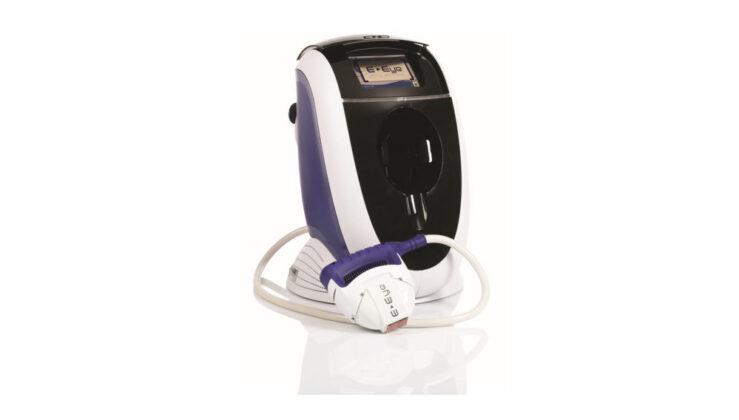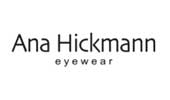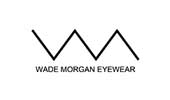See Better, See Us
Shop 26, 204 Warrandyte Rd Ringwood North, 3134
See Better, See Us
Shop 26, 204 Warrandyte Rd Ringwood North, 3134

At A Plus Optometry, we have a expertised dry eye clinic in Melbourne where we discuss information on the causes and treatment for dry eyes. With a highly qualified team, our Dry Eye Centre will help you prevent and manage dry eyes.
Many people ask if there is a cure for dry eyes and the best answer we can provide is that sadly, there is no cure, but we can provide assistance to treat dry eyes to improve your condition. Everyone has varying symptoms and some treatments work better than others.
If you have a problem with dry eyes, we’ll determine the cause of your condition and assess its severity through a series of tests. Once this is achieved, we’ll discuss your results in detail and suggest the best possible treatment options.
Dry eye disease, otherwise known as dry eyes, is a multifactorial disease of the eye that leads to various symptoms and is caused by a range of factors such as an unstable tear film, changes in tear chemistry and compromised ocular surfaces. It is unfortunately very common amongst both adults and the younger population.
Dry eye disease is often thought to be associated with the prolonged used of digital devices, make-up, contact lens wear, heating or air-conditioning, age-related changes, blepharitis (inflammation of the eyelid), systemic diseases and medications. However, there are two classifications of dry eyes, both with various potential causes:
Evaporative Dry Eyes – the most common type of dry eye problems; this is an increased evaporation rate of tears and can be caused by a number of factors. The main factor is Meibomian Gland Dysfunction (MGD). However other factors such as ocular allergies, contact lens wear, and Vitamin A deficiency can also cause rapid evaporation of your tears. MGD occurs when the oil glands in your upper and lower eyelids become blocked. When the gland is blocked for a long time, it starts to atrophy and dies off. This is why the problems with dry eyes are not reversible or able to be cured completely.
Aqueous Deficient Dry Eyes – a type of dry eyes that occurs when your lacrimal gland, which is responsible for producing the aqueous component of your tears, is not functioning at optimal capacity. Unfortunately, there’s a variety of reasons your lacrimal glands may fail, including age-related reasons and autoimmune disorders such as Sjogren’s syndrome; where your salivary and tear glands are affected.
Often, many patients with clinical signs of dry eyes don’t feel any symptoms. This is due to the poor correlation between the signs and symptoms of dry eyes. Dry eye disease is a chronic condition that quite frequently exists for some time before any symptoms start to manifest. Generally, however, common symptoms of dry eyes include:
If you’re experiencing any of the above dry eye symptoms, we highly recommend you visit us for an assessment, particularly if you’ve never been examined for dry eyes before. It is imperative to diagnose dry eye disease as early as possible so that you can make the appropriate lifestyle changes and enjoy symptom-free eyes for many years.
Too often, people self-prescribe over-the-counter eye drops to alleviate the symptoms of dry eyes, however this is often insufficient as the root of the problem isn’t addressed. Accordingly, it’s important to seek professional advice on the best ways to treat your individual circumstances.
Generally, the type and severity of your dry eyes will determine the treatment. At A+ Optometry, we conduct a dry eye assessment and subsequently provide each patient with an individualised management plan.
Below is a list of our common treatment options, however there are other methods we can discuss during your consultation.
Warm Compresses – warm compresses are the most fundamental treatment option for Meibomian Gland Dysfunction (MGD). We have several warm compress products available and our dedicated eye care team will happily discuss which product may be best suited for you.
Blephasteam® – a steam chamber that delivers a latent moist heat around your eyelids to improve your ocular health and relieve your dry eyes. This works by melting and clearing the blocked oil in your Meibomian glands, allowing new fresh oil to be formed. Blephasteam® has been proven to be even more beneficial than traditional warm compresses as it delivers a safe, consistent temperature without compressing the cornea.
IPL (Intense Pulse Light)
– IPL is an effective dry eye treatment which uses a flash lamp that pulsates a high intensity light at selected wavelengths on the treated skin area around the eyelids. It is one of the most effective methods to treat MGD. In fact, 86% of patients notice improvements in their dry eye symptoms after undergoing the IPL treatment. IPL is known to give the Meibomian glands a “jump start” by unblocking the oil glands and innervates it to produce more oil. Thus, improving the tear stability on your eyes and improving your dry eye symptoms.
Meibomian Gland Expression – this is an advanced treatment that gives MGD sufferers fast treatment for dry eye disease. Depending on the severity of your MGD, this treatment usually requires one to three sessions for optimal results. It involves fifteen minutes of Blephasteam® followed by manual massage to clear out the blocked oil and debris within your oil glands.
Lid Hygiene Therapy – the primary treatment for anterior blepharitis, which is the inflammation of the eyelid due to excessive microorganisms on the skin. It comprises of using different lid hygiene wipes or foams to reduce these microorganisms. We’ll recommend specific products based on your needs.
BlephEx™ – a recently patented hand-held device that helps treat anterior blepharitis by effectively removing any scurf or debris caused by excessive microorganism growth. Safe, painless and completed within one session, BlephEx™ is a revolutionary tool featuring a medical grade micro-sponge that precisely and gently scrubs along the edge of your eyelids.
Artificial Tears – a common and easily accessed method, also known as tear supplements. However, not all types of eye drops are suitable for all types of dry eyes, so it’s important to speak to our optometrist to find the right option for you.
Medicated Eye Drops – there is a range of medicated eye drops designed to help with managing dry eyes including anti-histamine, anti-inflammatory, antibiotic, autologous serum eye drops and more. We’ll prescribe you the right eye drops based on your individual needs.
Systemic medications – research has shown that certain medications can alleviate dry eyes. Conversely, there are also medications that can cause dry eyes, so if you suffer from dry eyes and are taking medication, it’s important to discuss this with your GP.
If you are concerned about dry eyes, think you may be experiencing the symptoms of dry eyes or would like to find out more about dry eye treatment and prevention methods, feel free to get in touch and make a time see our highly qualified optometrist today and book in to our dry eye centre.
















